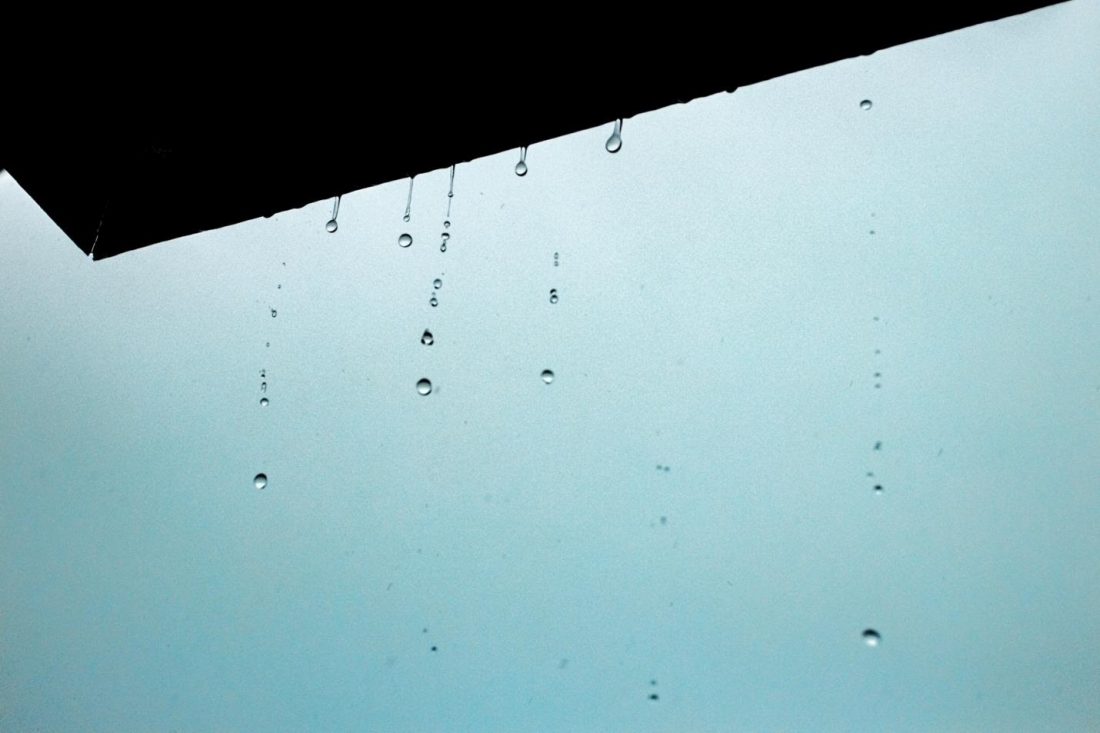This is a sponsored guest post.

Spring brings with it many joys — longer days, warmer weather, the first green shoots in the garden and the flowering of buds on the trees. But all that moisture that is so essential for helping the garden grow can also cause problems for your home.
When, in the midst of a torrid March or April downpour, you see that ominous drops of water have started collecting on your ceiling and plopping down onto your floor or carpet, it’s hard to know what to do first. Grab a bucket? Get the mop? Call your insurance agent?
To help homeowners know what steps to take, and to explain some of the underlying causes so you can avoid more serious issues like mold and electrical problems that come from moisture damage in the home, we’ve prepared a short guide outlining how to respond when your ceiling starts to leak.
1. Protect Electronics and Valuables
Before you run to grab the buckets, it’s important to make sure any electronics or valuables in your main living areas are protected. Leaks can spread quickly, and the last thing you want is for water to start dripping onto your television or computer. If you have plastic sheeting or a tarpaulin on hand, this will be perfect for the job.
2. Contain the Spread of Water
Once your valuables are protected, you can start containing the spread of water. Prioritize leaks in carpeted areas of your home before moving on to water leaking onto hardwood floors or linoleum.
Carpets that get wet can stain, and if they aren’t dried immediately, they can also take on unpleasant smells that are very difficult to get out.
3. Call a Roofing Company
Once the problem is under control, you’ll want to call a local roofing company to undertake an inspection of the house. A company that offers emergency residential roof repair services will be able to offer an expert opinion on the extent of the damage, and deal with any immediate issues.
If it is a minor leak you may only need to fix or replace a damaged section of the roof, but in the case of more widespread damage a completely new installation will likely be necessary.
4. Contact Your Insurance Agent
Fixing a roof and repairing water damage is not cheap, so you’ll want to get in touch with your insurance agent immediately to find out who will be responsible for the expenses.
While not all types of water damage are covered by insurance, if you roof is still under warranty and the damage can be shown to be a result of roofing issues (as opposed to, say, flooding), your insurance should offer protection.
Most of us will have to deal with a leaking ceiling at some point or another, and the most important thing is to follow up the immediate steps taken to prevent damage to property with a proactive approach to the structural problems behind leaking roofs.
If water is coming in through your ceiling, the rest of your house is almost certainly in danger of major damage. So once the storm is over, make sure to call a local roofing company to keep the problem from getting worse.




